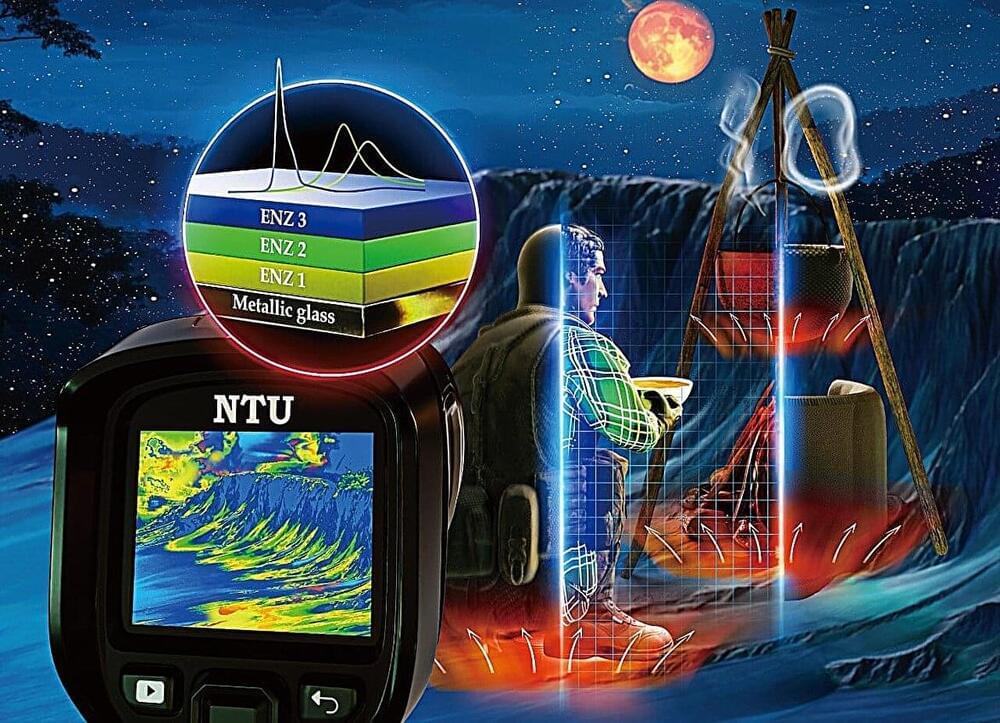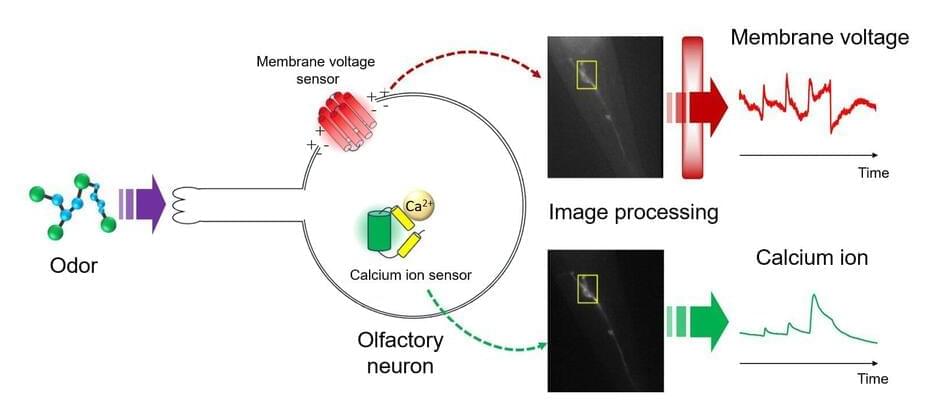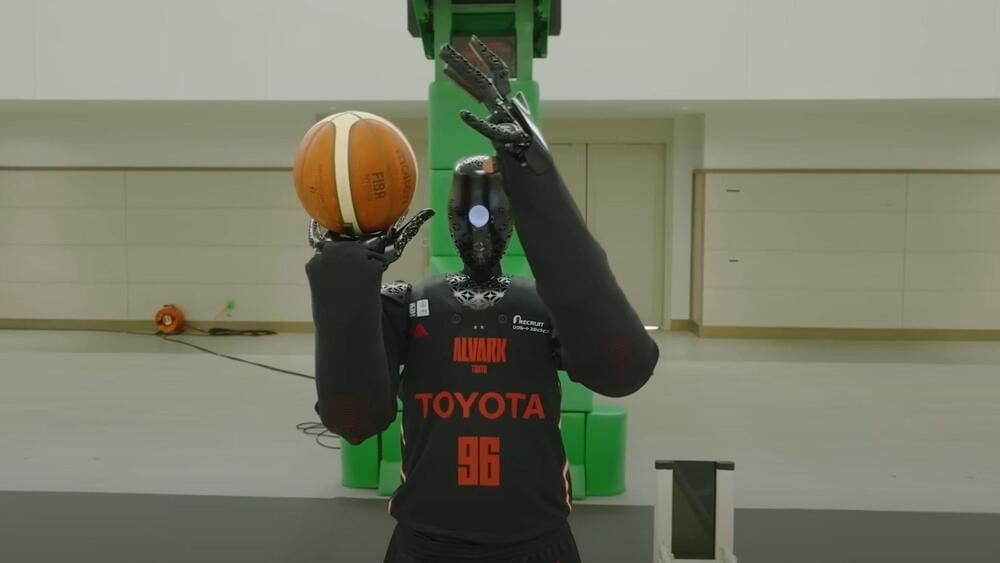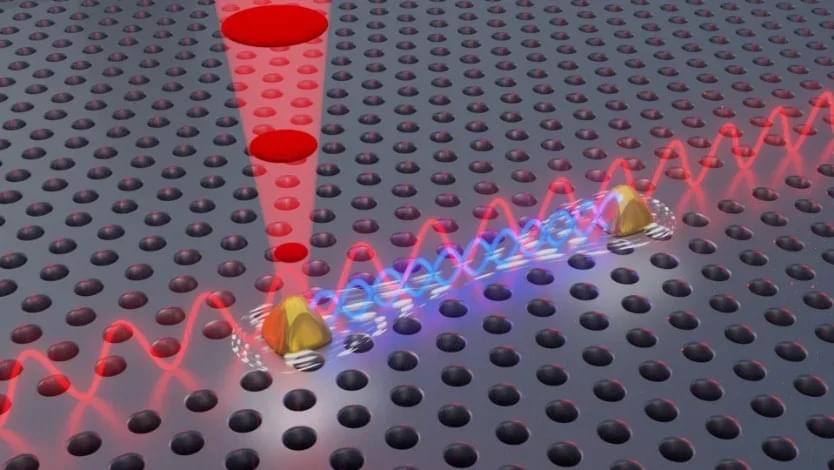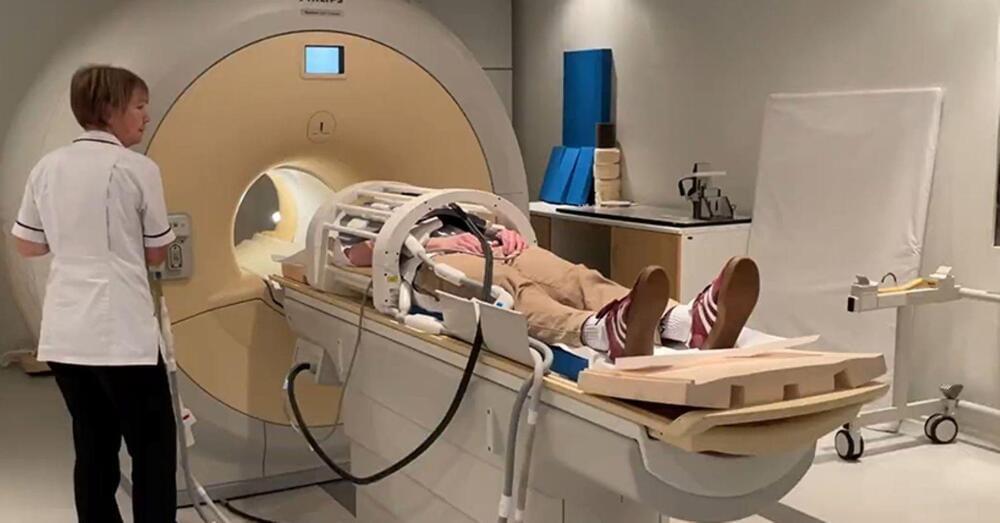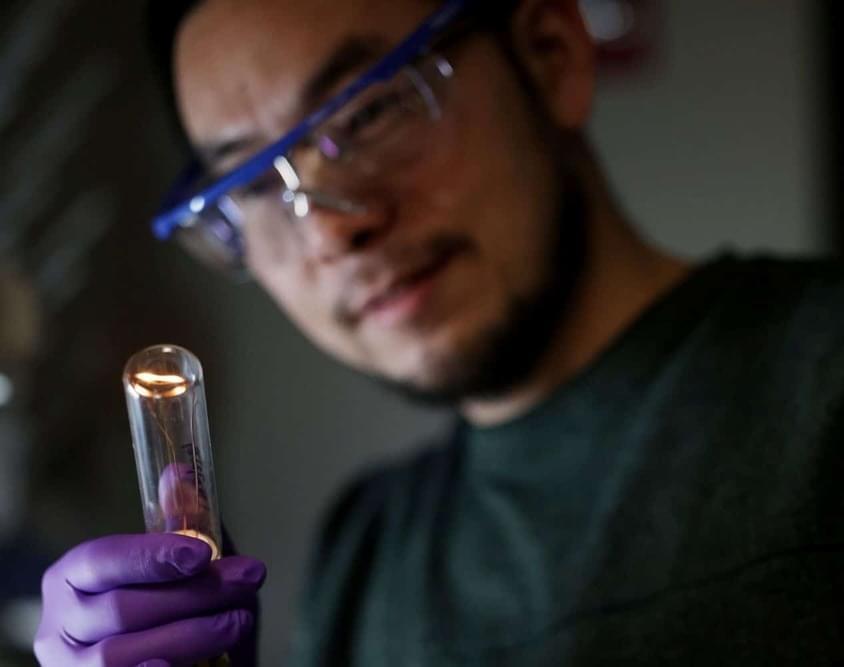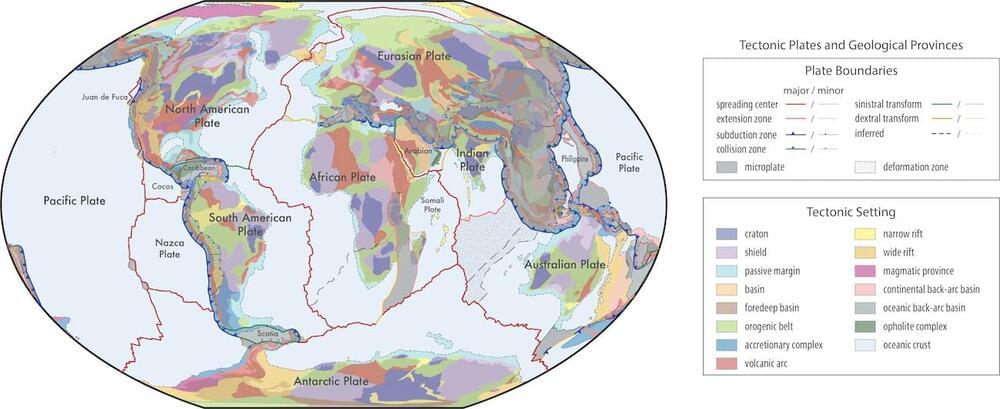Dec 28, 2024
Trillium sixth-generation TPU is in preview
Posted by Shailesh Prasad in categories: innovation, robotics/AI
The rise of generative AI has ushered in an era of unprecedented innovation, demanding increasingly complex and more powerful AI models. These advanced models necessitate high-performance infrastructure capable of efficiently scaling AI training, tuning, and inferencing workloads while optimizing for both system performance and cost effectiveness.
Google Cloud has been pioneering AI infrastructure for over a decade, culminating in a unified architecture called AI Hypercomputer that seamlessly integrates workload-optimized hardware (TPUs, GPUs, and CPUs), open software, and flexible consumption models to power the most advanced AI models. This holistic approach optimizes every layer of the stack for optimal scale, performance, and efficiency across the broadest range of models and applications. AI Hypercomputer is one of the many reasons why Google Cloud was named a leader in Forrester’s AI Infrastructure Wave. Just last week, Google Cloud was also named a Leader in Gartner’s Magic Quadrant for Strategic Cloud Platform Services, where for the second consecutive year, we are the only Leader to improve on both vision and ability to execute.


